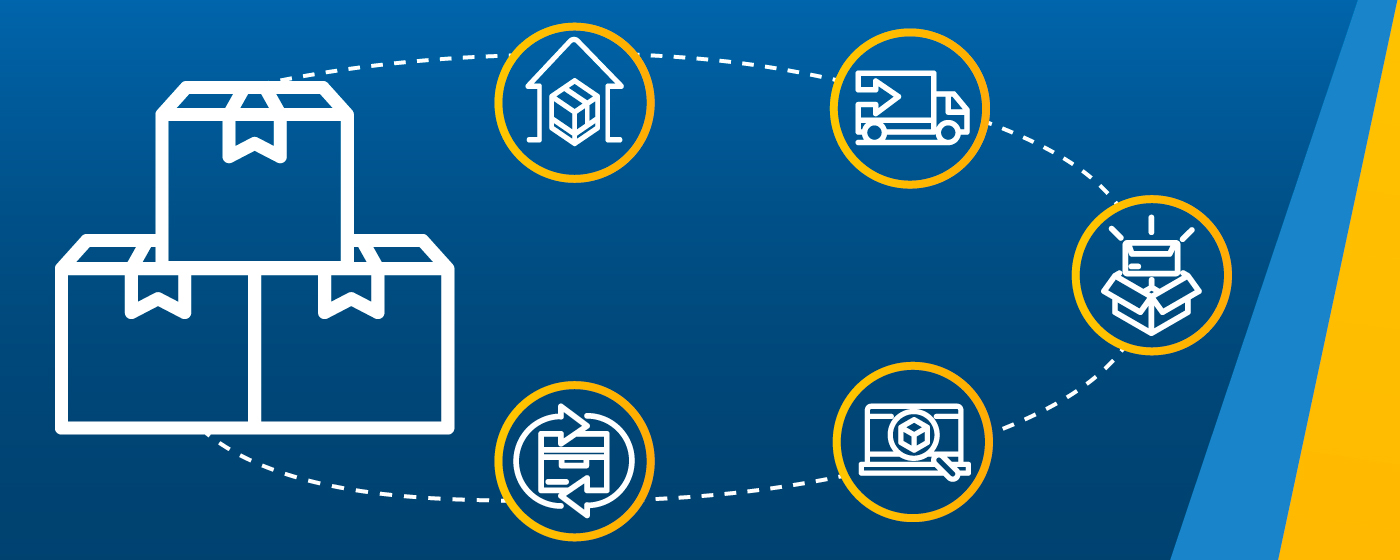Omni-Channel Strategy
Omni-channel success requires a strategy that leverages technology and partner networks. Whether you build this with an in-house fulfillment infrastructure or outsource to a 3PL, you’ll quickly realize the growth potential with a holistic solution that feeds all channels.
| “Fulfillment is no longer just pick, pack and ship. The technology and automation to quickly consume and process orders from so many digital channels and platforms requires providers like us to build secure connections with businesses in various areas of supply chain expertise.” -Michelle Kaufman Vice President of IT at Distribution Management |
Data integrators partner with retailers and fulfillment providers, fulfillment providers integrate with order management services and storefront platforms, order management services link up with ERP providers and so on. The reason that understanding all of this is so important is because it can play a major role in how you decide if a partner is right for you.
Evaluate your long-term objectives. Where are you and where do you want to go?
What are your goals? Are you making the transition from traditional retail/brick and mortar to eCommerce/Direct to Consumer channels? Are you looking to integrate a cloud-based order management system into your existing ERP? Do you have an online storefront, but need to expand your fulfillment footprint? It’s possible that some of your existing 3rd party service providers already have established connections that could help you achieve your long-term goals faster and with much less pain.
Businesses using companies like Commerce Hub and SPS Commerce might choose to outsource to a 3PL who is already part of their network. This simplifies the transition and prevents major business disruption, not to mention, opens the door to that 3PL’s network as well.
Leverage one resource for all your selling channels.
The big question you need to ask is “Who can reach the most selling channels with existing integrations?” Whether you’re researching fulfillment providers or data integrators, find out who they’re already exchanging data with to see if it aligns with your business objectives. With the right technology and established connections, one resource could quickly expand your sales channels and offer a more streamlined supply chain.
And of course, there’s Amazon.
It’s hard to talk about eCommerce without acknowledging the elephant in the room. If you are new to Amazon, you’re likely trying to understand the best way to utilize the platform and reach their millions of customers. Even those who are successful at it are continually questioning if they are going about it the right way, not to mention trying to keep up with the everchanging Amazon algorithms. Many can actually up their Amazon game by utilizing 3rd party connections.
| For example, a merchant selling on Amazon may choose to partner with a 3PL who can meet 2-day shipping metrics and provide EDI inventory reporting. This streamlines their pathway to Prime by improving their “out of stock” percentages leading to greater revenue. |
How do carriers play into this?
Omni-channel is all about giving your customers the same experience regardless of where they shop. A big part of that experience relates to shipping speed and carrier networks. It’s not enough to just rely on the major national carriers anymore. Regional and supplemental carriers are coming in clutch where national carriers can no longer keep up or where they’ve implemented volume caps with customers. This is another piece to the puzzle when looking at a 3PL’s partner network.
There’s a massive amount of data that needs to be exchanged for your products to move swiftly from inventory to end customer. The more you understand the connections between providers, the better you can leverage 3rd party relationships to get the right mix of retailers, carriers, sales channels, data integration and inventory management to grow your business.



